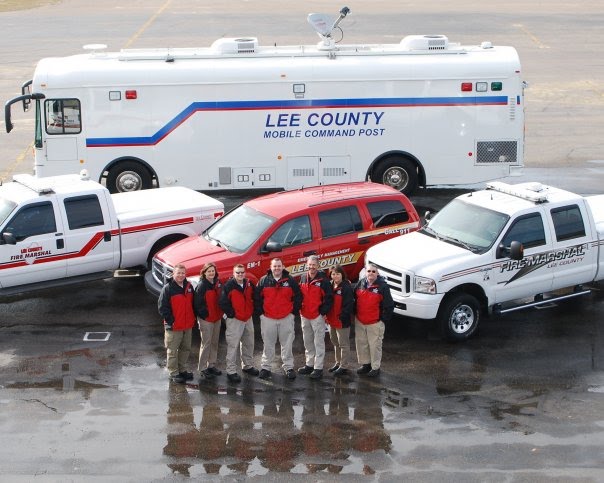As North Carolinians eagerly awaits springtime, Gov. Bev Perdue cautioned residents to be on the lookout for severe weather that may include tornadoes and thunderstorms. Perdue declared February 28-March 6 as Severe Weather Awareness Week in North Carolina and recommends that families have safety plans for home, work or school so they can respond quickly when tornadoes or severe storms threaten.
Perdue said schools and government buildings statewide would hold tornado drills on Wednesday morning, March 3. "We never know when or where a tornado will strike," said Perdue. "You may only have a few minutes warning. That is why it is so critical to have emergency plans in place." Perdue urged all North Carolinians to take time now to discuss and rehearse family emergency plans so that when the National Weather Service issues a tornado warning in their area, everyone can act quickly and take shelter calmly. March, May and November are the deadliest months for tornadoes in North Carolina.
Last year, the National Weather Service issued approximately 70 tornado warnings and recorded 33 tornadoes in North Carolina. Four of those tornadoes had winds in excess of 110 mph. Combined, the tornadoes caused at least $3 million in damages. Tornadoes usually form during heavy thunderstorms when warm, moist air collides with cold air. These storms can also produce large hail and strong winds. Damaging straight line winds are equally as dangerous.
When severe weather is likely, people should listen to local radio, television, a weather channel or a National Oceanic and Atmospheric Administration (NOAA) radio for information. If a tornado watch is issued, the conditions are favorable and a tornado is possible. However, if a warning is issued, a tornado has actually been spotted or appeared on radar. This is the time when people should go to a safe shelter immediately.
The Department of Crime Control and Public Safety recommends the safest place during a tornado is underground in a basement. If there is no basement, people who are at home should go to the lowest floor of the house and to an interior room such as a hallway, pantry or closet. Schoolchildren should go to inner hallways, but stay out of gymnasiums, auditoriums or cafeterias where there is a large roof span. Office workers should take shelter under something sturdy like a desk or a table to protect from flying debris or a collapsed roof. Everyone should stay away from windows.
Mobile home residents are especially vulnerable to damage from high winds and should go to a prearranged shelter when severe weather is predicted.
Every family's emergency plan should include information on what to do if severe weather happens while traveling to work or school. Drivers who see a tornado forming or approaching should leave the car immediately and take shelter in a low lying area. A tornado can easily blow a car off a road and many people have been killed while trying to outrun a tornado. Those who are on foot or a bicycle could encounter falling trees, downed power lines or lightning, and they should go to a safe place immediately. The basement of a sturdy building is best. Lying flat in a ditch or low area may also offer protection, but beware of possible flash flooding and flying debris.
Residents should be equally prepared when other forms of severe weather threaten, such as lightning, floods or hail. Last year, the National Weather Center issued 700 severe thunderstorm warnings, and recorded 625 incidents of severe thunderstorms with winds of 58 mph, some with large hail.
This year, the National Weather Service redefined its definition of a severe thunderstorm for the first time in more than 50 years. The NWS will only issue hail warnings if the storm is expected to produce hail of one inch or larger, roughly the size of a quarter. This is an increase from the previous criteria of .75 inches, or the size of a penny.
Preparation for any type of severe weather also means having a family disaster plan and an emergency supply kit assembled and in a location that is easy to access during an emergency. More information on tornadoes and overall emergency preparedness is available at http://www.readync.org/
Subscribe to:
Post Comments (Atom)


No comments:
Post a Comment